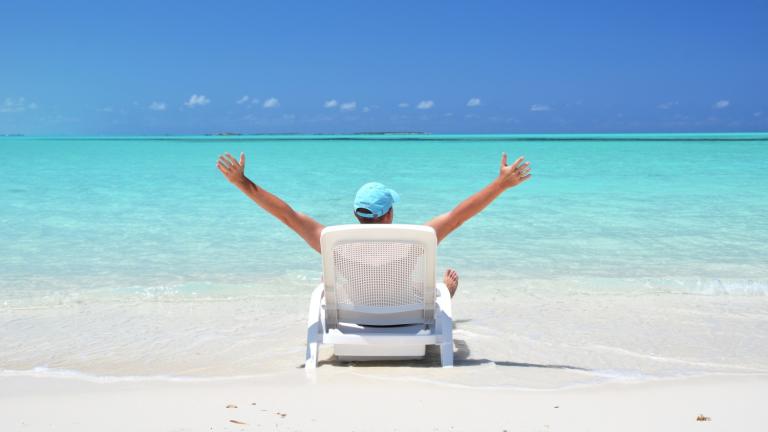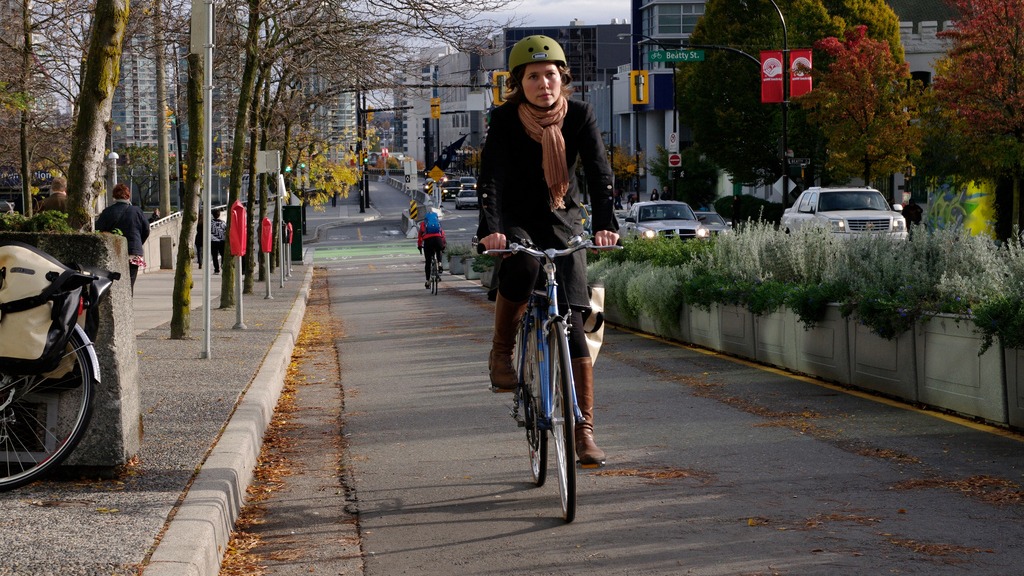Long ago, the good folks at Sea World realized that having one big tank for everything is a terrible, terrible idea. For instance, keeping say, a great white shark and a delicious kitten in the same pool is very bad for one of those animals. Usually the kitten.
This separate-but-equal philosophy was pioneered by McDonald’s with the Mc D.L.T and, crazy but true, the same rule applies to our roads. A recent study from Portland State University, which qualifies for Science’s coveted No Shit Award, found that cyclists traveling in car-free and protected bike lanes felt safer. The reason they felt safer? Because they were, in fact, much, much safer.
Fully 93 percent of cycling fatalities are the result of collisions with cars, and now science tells us that if you keep the cars away from the bikes, fewer bikes are hit by cars. Who’d a thunk that these folks and this guy probably would do better with something in between them beyond a strip of paint and some good intentions?
People For Bikes put it thusly:
This study provides definitive evidence that people feel safe riding in protected lanes and that people traveling by car or foot also support building more protected lanes to separate bicycles and automobiles. It also provides insight on the safety, use and economic effect of protected lanes.
Key Findings:
* In its first year alone, a protected bike lane increases bike traffic on a street by an average of 72%
* 96% of people riding in protected bike lanes felt safer on the street because of the lanes
* 76% of people living near protected bike lanes support the facilities in additional locations, whether they use them or not
* In 168 hours of video analyzed for safety, studying more than 16,000 people on bikes and nearly 20,000 turning and merging vehicles mostly at intersections, no collisions or near collisions were observed.
* Drivers thought traffic became more predictable after protected lanes were installed. Most drivers said congestion and drive time didn’t change.
So if you actually put something between cyclists and cars, not only do fewer cyclists die, which is a good thing, but more people feel empowered to cycle. And it’s not only good for cyclists. Drivers love protected lanes because there are no squirrelly bicyclists in their way. Neighbors, meanwhile, think protected lanes make the place they live better — probably because it does.
Good work, science! Now get to the bottom of this whole, “Is pizza awesome” conundrum.




